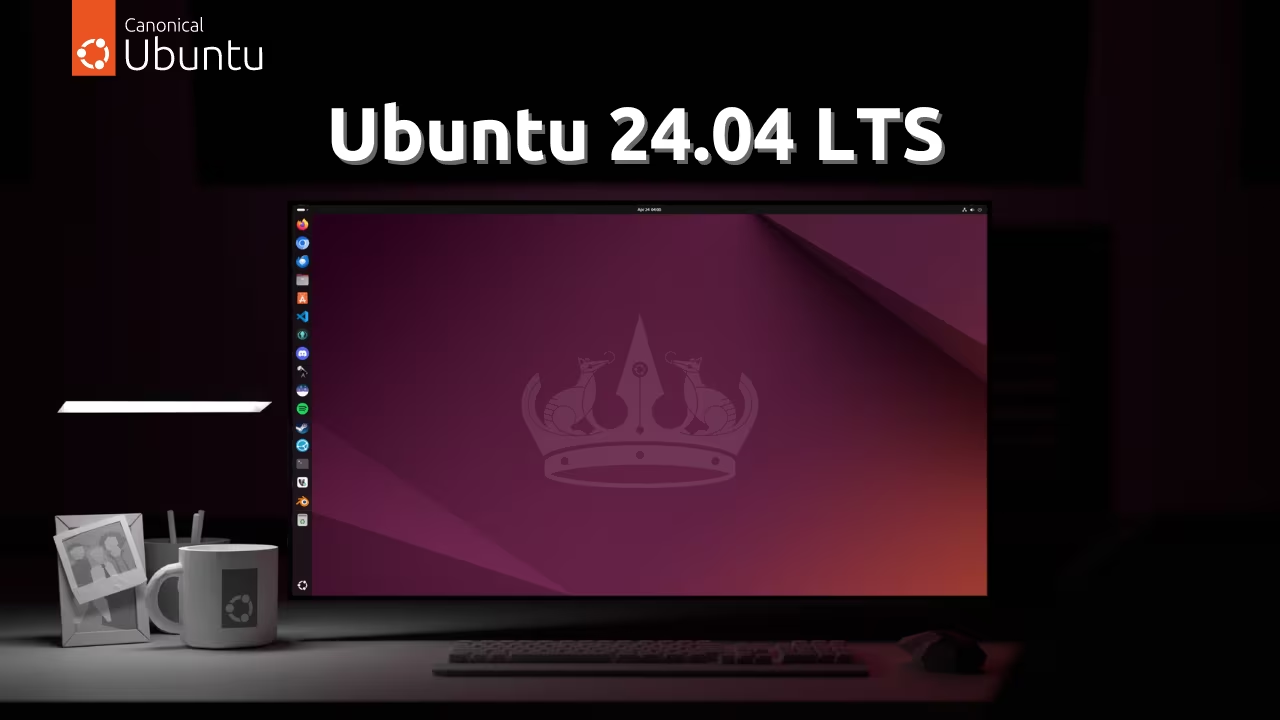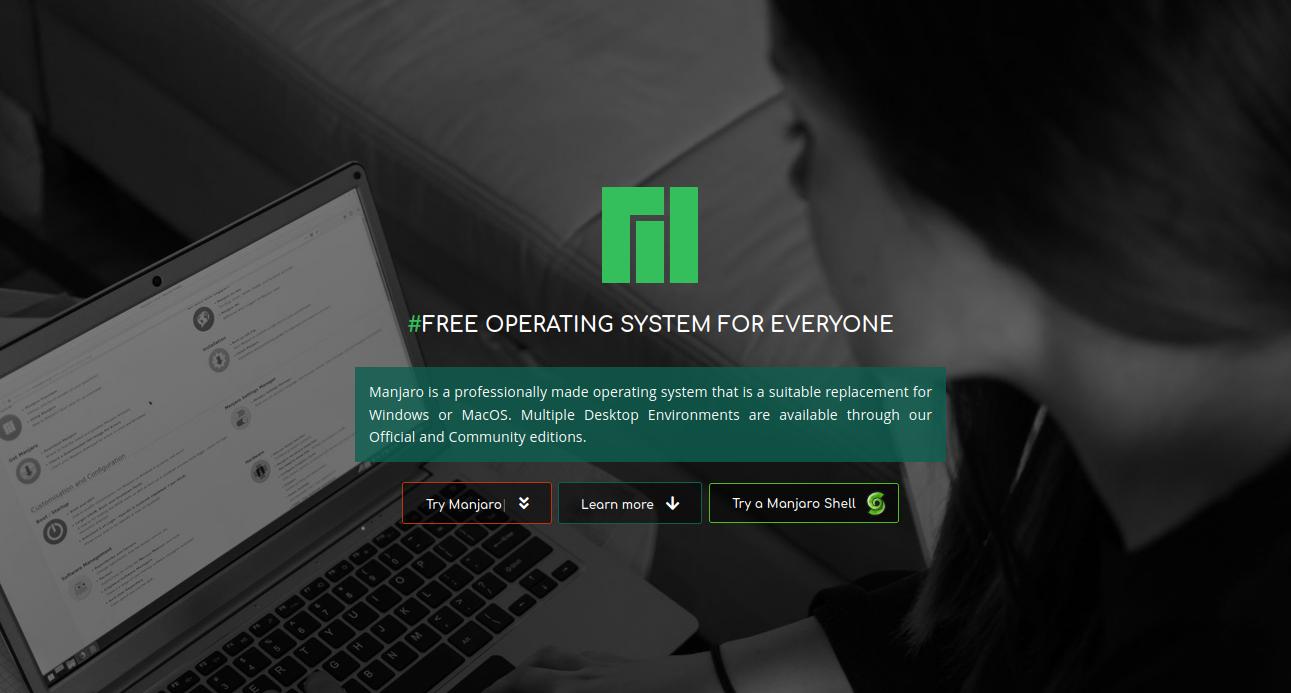Linux Distros in September 2024: Welcome to Hyper-Fragmentation
So this is yet another update in our ongoing journey to understand how Linux gamers are changing over time in terms of their distro choices. The data is coming from ProtonDB as usual, and has sufficient sample size to make it possible to track small changes from month to month. And yes, we are aware that Flatpak is not a distro, but in practice it’s very close to being one when it comes to running Steam, since everything apart from your kernel comes from Flatpak and not the host distro.
You came for the chart? Here you go:
You’ll want to expand the picture, probably, by clicking on it. Your eyes will thank you later.
As you can see we have entered a world of hyper-fragmentation. There’s only one distro that gets more than 20% of the users, and to get to 80% of the market share, you need to go through at least 10 distros where 4 were enough back in 2019. Which is crazy when you think about it: most markets go towards concentration, and in the Linux world, things are going in reverse. But I take this as a healthy cycle. Concentration happens when people are happy with the few offerings they get, and fragmentation occurs when the big players become complacent and lose sight of their priorities. And yes, it’s just the right time to talk about Ubuntu again.
Linux Mint Taking Over Ubuntu!
We knew what the trend was: Ubuntu slowly but surely declining, and Linux Mint rock solid over time. It was clear that sooner or later Mint would become just as big as Ubuntu in our target audience. We are now past that, with Mint at 11.1% while Ubuntu is at least 1% below. Ubuntu has had a bump in share when Noble Numbat aka 24.04 came out a few months back but that was a very temporary movement, and the decline is back in full force. Ubuntu 24.04 actually doubles down on SNAPs (just realized a couple of days back that now Thunderbird is also installed via a SNAP by default!) and it looks like they are set to increase the SNAP coverage over time. Mint, on the other hand, seems immune to making stupid moves, and relies on the good old apt system and encourages the usage of Flatpak if you need to use desktop application containers.

Mint is also much more polished in every way. After installing Ubuntu 24.04 a few days ago on a new machine (I like to suffer, I know), while the Wifi connection worked perfectly during install, it refused to connect after reboot, unless I set the connection parameters manually. This is madness, every other distro can get that right, but Ubuntu is still giving you these weird bugs over and over again in every big LTS release. I can’t say I am surprised about the ongoing exodus.
Manjaro: Smallest Share Ever
I predicted that Manjaro would go under 5% a while back, and I’m not disappointed as it hits rock-bottom 4.5%. Right now Nobara is BIGGER than Manjaro, which says a lot how low Manjaro has fallen. Nobara is great but it looks like it will remain a 5% player, more or less. By the way, it’s funny how Manjaro have been shifting goalposts. Back in 2021, they were for everyone:

I guess once you hit the lowest share ever, you can’t really claim to be for everyone anymore after everyone has left you, so their new message is about being for organizations, whatever that means:

If they don’t find a successful way to pivot anytime soon, they are likely to go the way of Firefox in terms of share. Not sure if anyone will miss them and their dedication in reliably not renewing certificates time and time again, but who knows? There may be organizations queuing to experience this by themselves!
Bazzite Finally Measured
As you might recall, we did not properly count Bazzite after its release, and this is now fixed. Bazzite was counted as Fedora before and we have now been able to dissociate them. And we can now confirm that the usage of Bazzite is indeed on the rise, with a tiny share a few months back and now 2.4% which is becoming more obvious at the bottom of the chart. We can also clarify that most of the gains made by Fedora in the past few months were most likely linked to Bazzite being part of the count.
Modern recommendations
If you are looking for a Linux distro for gaming, on top of the above evidence, I would suggest the following:
- If you want to stay on a Debian/Ubuntu base, the best choice is Linux Mint, followed by Pop!_OS. Linux Mint will be your standard, regular desktop experience, while Pop!_OS is moving into its own desktop experience with COSMIC which may or may not be for you. Debian remains also a solid choice if you don’t mind spending a bit more extra time with drivers.
- You like rolling releases? Arch is the way to go. Sleek, easy to install nowadays, and a system that you will keep for years without having to suffer from LTS release cycles. Endeavour is shaping to be a strong option as well.
- You like the CentOS/Fedora base? The vanilla Fedora is a good choice, as well as its gaming focused alternatives, Nobara, and Bazzite (Bazzite is immutable, so it will work a bit differently.)
If you have no idea where to start, I always recommend Linux Mint for beginners. It’s not the distro I will choose for myself in the end, but it just works most of the time and the last thing (most) beginners want is to spend hours fixing small issues. They don’t try to introduce breaking changes, they stay very conversative with the UI, and focus on your system being as reliable as possible. A great first step (or even a long term one), and its ongoing relevancy over time in the chart is a reminder of that fact.
We will reconnect a few months down the road and see where things go next.

